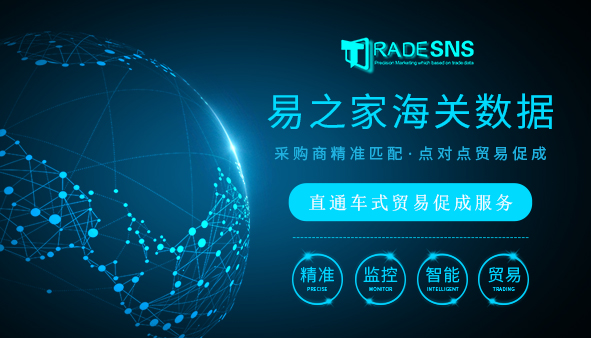Electronics, textile, sporting goods - these are but a few of the things that China exports. It is also in the business of exporting tin, magnesium, tungsten, and other various minerals, as well as mining and oil equipment. China has been opening its doors to international trade since it joined the World Trade Organization in 2001. From then on, it became a force to be reckoned with in the world market.
Over the years, China has gradually been building its name in the world market by importing industrial materials such as iron, copper, steel, and components that figure largely in manufacturing. Its imported materials are significantly lower than its exported products. These materials are then used to make all sorts of equipments and goods that China, in turn, brings back out into the world market as export. With its vast labor force, China is more than capable to convert the raw materials it imports into consumer goods and meet the needs of the global market.
China is now the second largest economy in the world. It is the main supplier for large and small businesses based in industrialized countries. Three of the countries that China mainly exports to are the United States, Japan, and South Korea, while Japan, South Korea, and Taiwan are its top importers. However, as was stated previously, its exports far outweigh its imports. Which makes China indispensable in terms of its being the source of the majority of goods being distributed worldwide.
China has become a major player in the global market. By recouping its investment in its imports with its exports, as well as utilizing the former into the latter, it has attained a competitive edge over other countries. It is partly this edge that has induced strain to the already taut relationship that China maintains with its major trade partners. Despite this setback, China remains to be one of the world's superpowers.






















